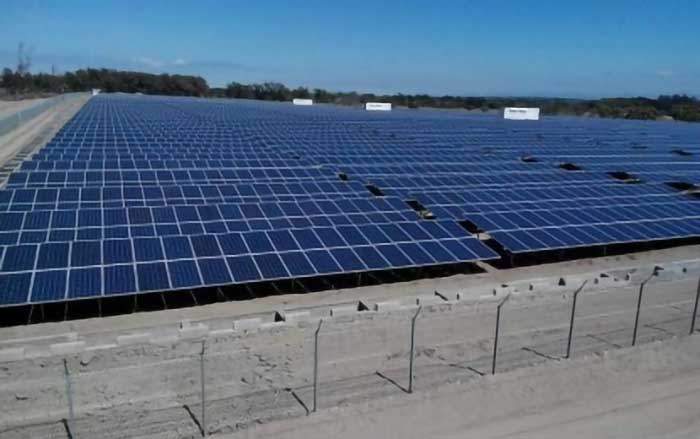A new global energy economy is coming.
Amid the pandemic in 2020, electric vehicles set new sales records, according to a new report from the International Energy Agency (IEA). Renewable sources of energy such as wind and solar power continued to grow rapidly, the report said.
“In most markets, solar photovoltaics and wind power are now the cheapest available source of new electricity generation. Clean energy technology is becoming a major new area for investment and employment — and a dynamic arena for international collaboration and competition,” the report stated.
Still, for all the advances being made by renewables and electric mobility, 2021 is seeing a large rebound in coal and oil use.
Largely for this reason, it is also seeing the second-largest annual increase in carbon dioxide emissions in history, according to the IEA report, “World Energy Outlook 2021”.
The special edition of the World Energy Outlook has been designed to assist decision makers at the 2021 United Nations Climate Change Conference (COP26) scheduled to be held in Glasgow, Scotland from October 31 to November 12.
The report, prepared by the World Energy Outlook team in the IEA’s Directorate of Sustainability, Technology and Outlooks, examines the full spectrum of energy issues including oil, gas and coal supply and demand, renewable energy technologies, electricity markets, energy efficiency, access to energy, and demand side management.
Public spending on sustainable energy in economic recovery packages has only mobilized around one-third of the investment required to jolt the energy system onto a new set of rails, the IAE report observed. The largest shortfall is in developing economies that continue to face a pressing public health crisis.
There is still much to be done to achieve IEA’s landmark Net Zero Emissions by 2050 Scenario which charts a narrow but achievable roadmap to a 1.5 °C stabilization in rising global temperatures.
More than 50 countries and the entire European Union have pledged to meet net zero emissions targets.
The pledges cover less than 20 percent of the gap in emissions reductions that needs to be closed by 2030 to keep a 1.5 °C path within reach.
The energy sector is responsible for almost three-quarters of the emissions that have already pushed global average temperatures 1.1 °C higher since the pre-industrial age, with visible impacts on weather and climate extremes.
Thus, the energy sector has to be at the heart of the solution to climate change.
Annual additions of solar PV and wind power will approach 500 gigawatts by 2030. As a result, coal consumption in the power sector will be 20 percent below recent highs.
Rapid growth in electric vehicle sales and continued improvements in fuel efficiency lead to a peak in oil demand around 2025. Efficiency gains mean that global energy demand plateaus post-2030.
The successful pursuit of all announced pledges means that global energy-related carbon dioxide emissions fall by 40 percent over the period to 2050.
The IEA’s Stated Policies Scenario sees a gradual decline in the sector’s emissions even as global electricity demand nearly doubles to 2050. However, this is offset by continued growth in emissions from industry, such as the production of cement and steel, and heavy-duty transport, such as freight trucks.
Almost all of the net growth in energy demand to 2050 is met by low emissions sources, but that leaves annual emissions at around current levels.
As a result, the IEA report said, global average temperatures are still rising when they hit 2.6 °C above pre-industrial levels in 2100. – Paul Icamina




